How to Plan Your Living Room Lighting to Take Your Space From Bright and Breezy to Warm and Cozy at the Flick of a Switch
Living room lighting has to work pretty hard, taking your space from energetic and sociable to one that induces a sense of coziness and warmth — our expert tips make it easy to get your scheme spot on
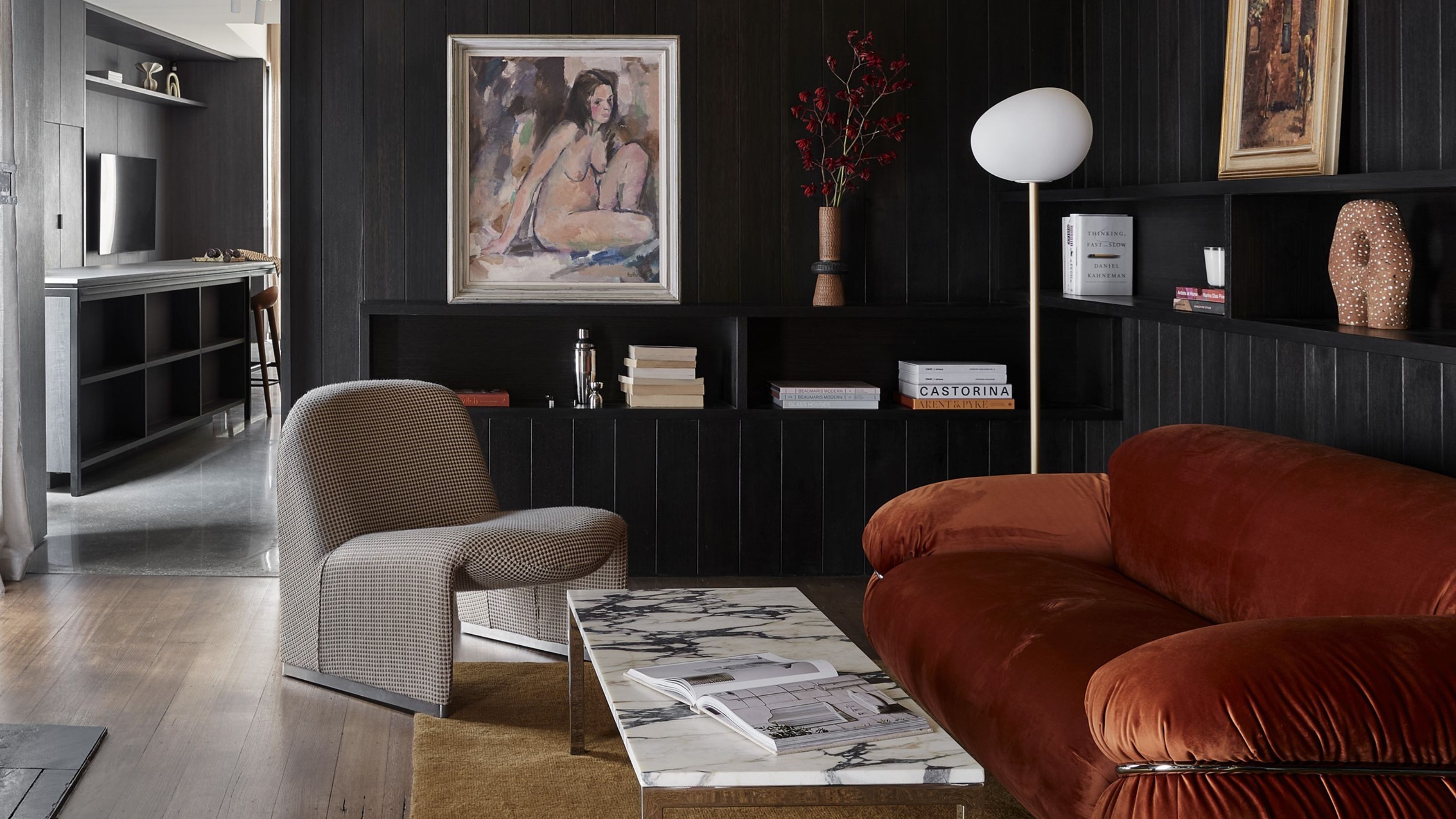

Homeowners wondering how to plan living room lighting should know that in order to end up with a beautifully lit space, a really carefully curated, multi-layered approach needs to be taken.
"It’s important to make the living room feel as inviting and comfortable as possible," says Ana Coddington, lead interior designer at Archival Designs. "It should be a space where you can kick back, entertain friends, and enjoy all sorts of activities. Many people tend to overlook lighting because they put a ton of focus on furniture and decor. However, lighting can really change the whole vibe of the room."
With that in mind, our guide is here to take you through everything you need to think about in order to ensure your living room lighting ideas live up to your expectations. These are the key things to remember.
1. Think of Your Living Room Lighting as Layers
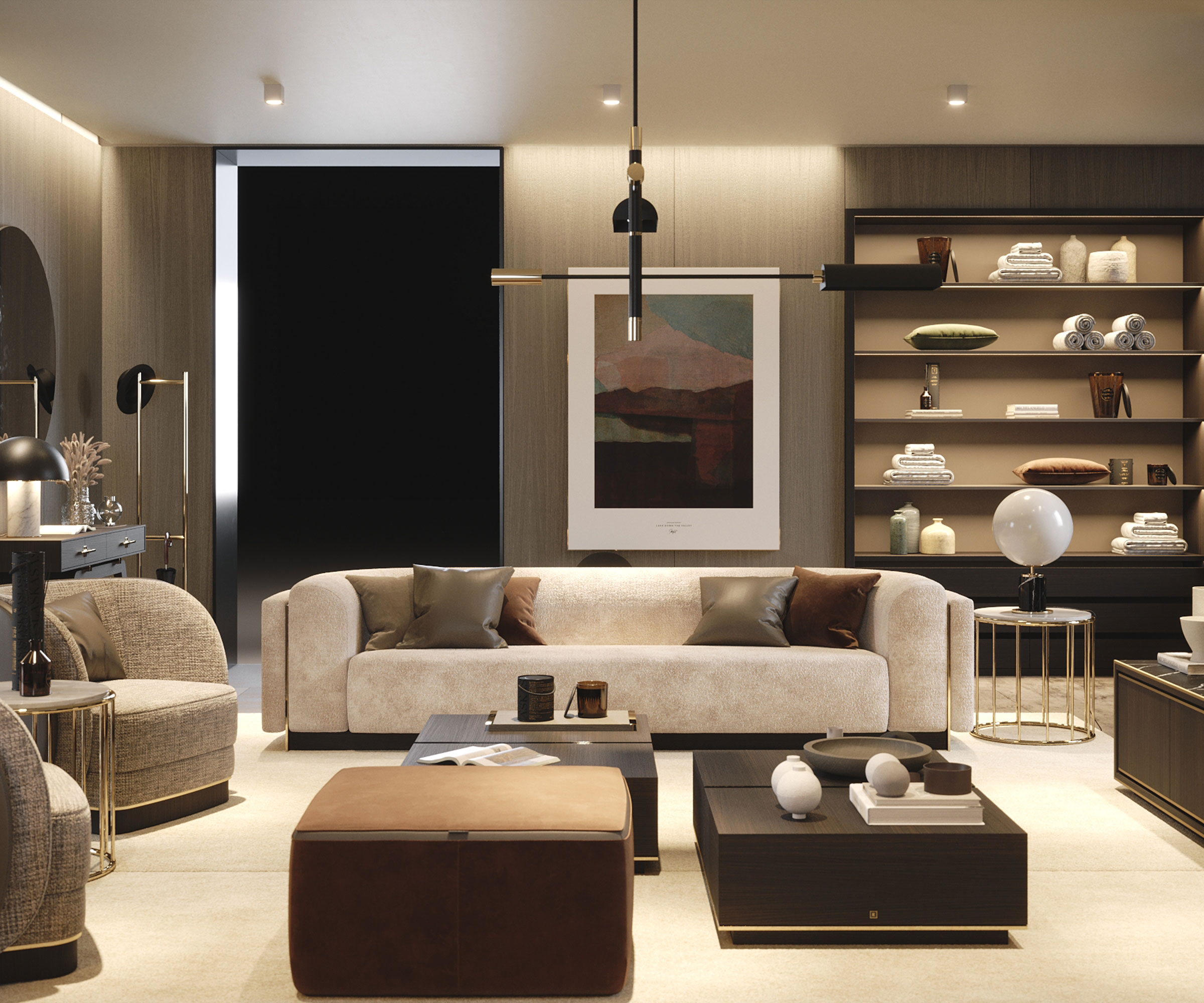
In any room of the house, using different "layers" of light is vital to ensure you are doing justice to the space — but in a living room, which will likely be used for all kinds of different activities, it is more important than ever.
"Think about mixing different types of lighting to create a warm and inviting atmosphere in your living room," says Archival Design's Ana Coddington. "Using overhead lights alongside floor lamps, table lamps, and wall sconces can really bring the space to life. Each light serves its own purpose — for instance, overhead lights provide general brightness, floor lamps are perfect for those cozy reading nooks, and table lamps give off a soft, welcoming glow. When you layer different light sources, you can easily change the mood for whatever you’re doing, making your living room feel more dynamic and comfortable for everyone at any moment."
When planning a layered lighting scheme, even if you are aiming for minimalist lighting ideas, you need to make sure you include three types of lighting: ambient (also known as general), task, and accent. Each creates a different effect and is useful for a different activity.
"General is recessed or ceiling lights for general illumination," explains Evelina Juzėnaitė, principal interior designer at Planner 5D. "With accent, you can illuminate shelves, have a decorative wall with LED, or use wall lights to illuminate pictures. Task, or work lighting, could be a lamp on the table, a pendant over the table, a floor lamp next to the sofa for reading, or additional lighting for the TV. The combination of these three types of lighting will provide a cozy atmosphere, while still giving functionality and zoning.”
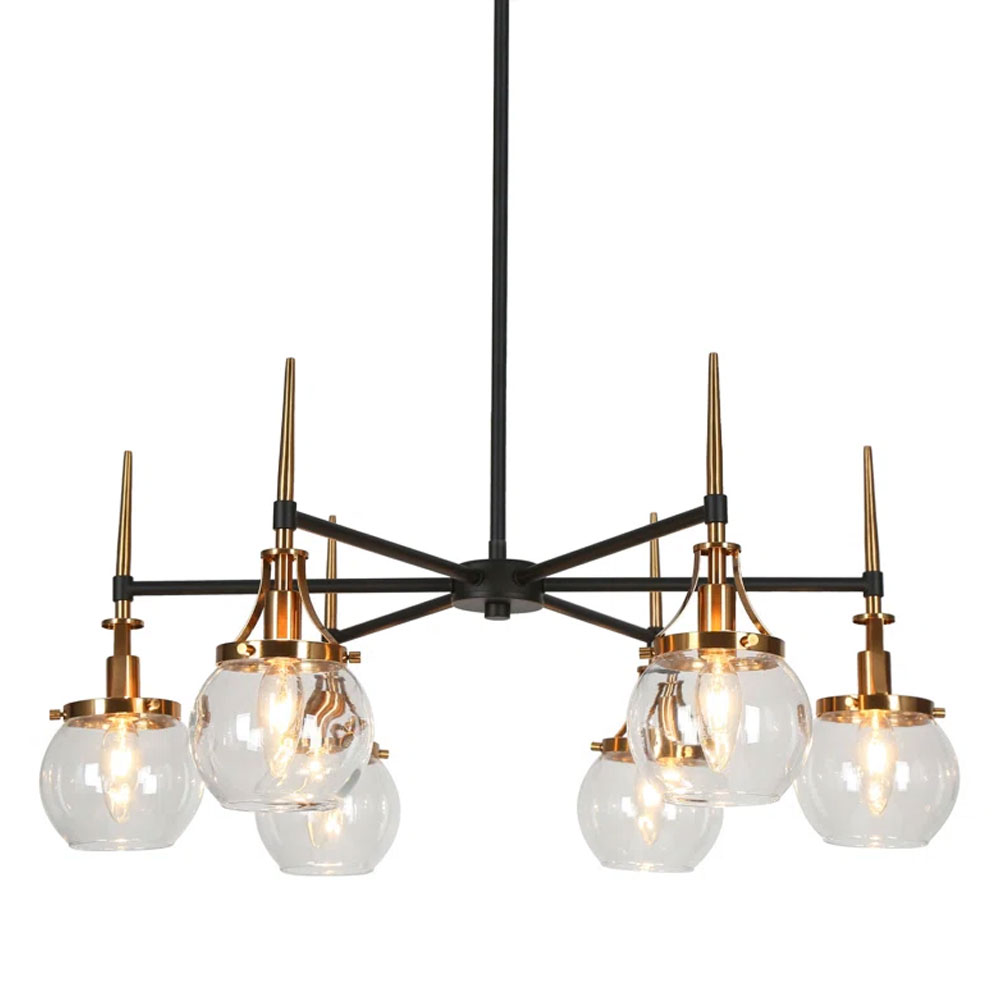
Price: $349.99
A stand-out chandelier is the perfect way to provide general lighting in a living room, acting as both a focal point as well as giving off a good spread of illumination. This one has a striking modern design thanks to the black and gold finish and unusual spike-topped round glass bulbs.
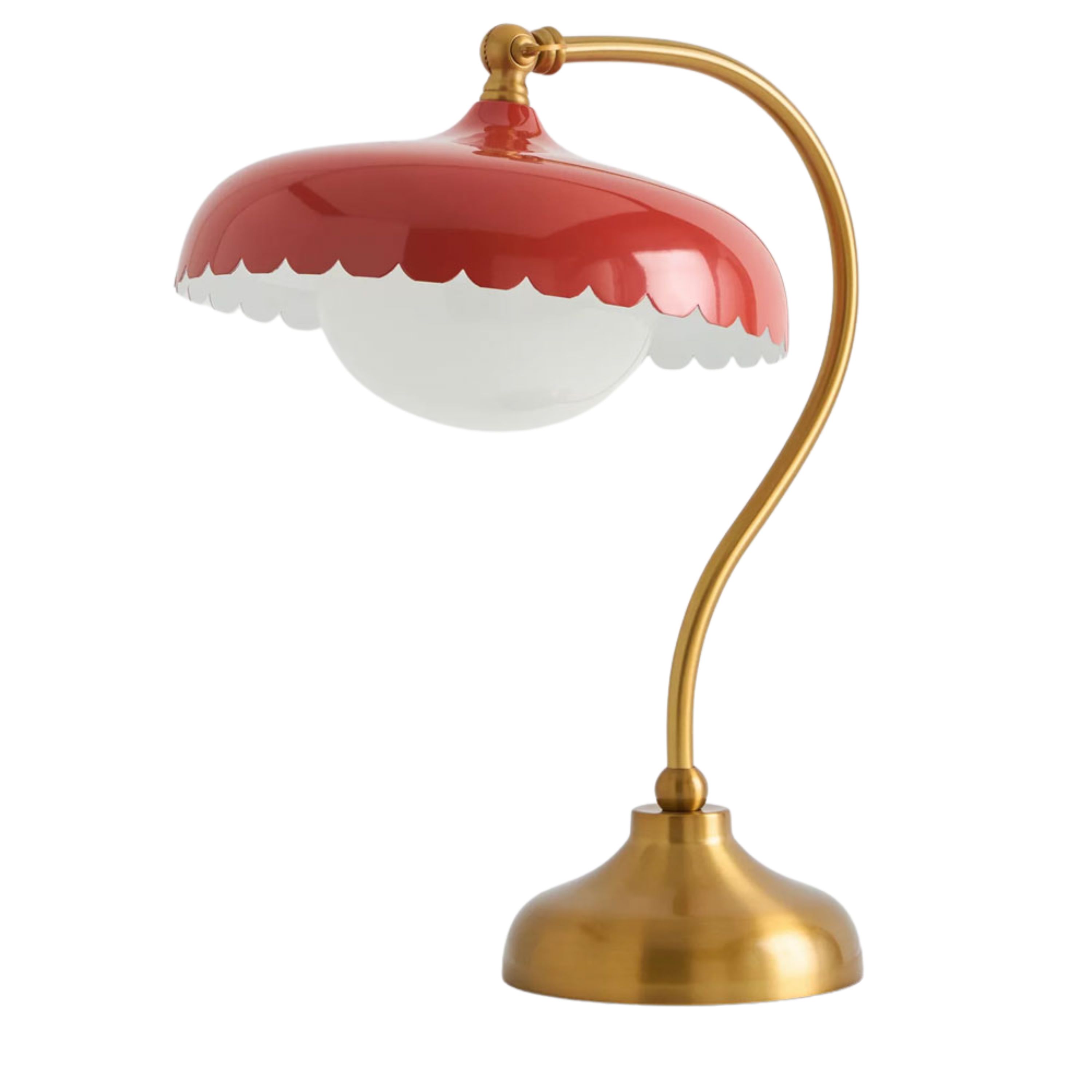
Price: $248
There is so much to love about this pretty little lamp, not least that it features a UBS port in the base to charge your phone. It is touch-operated too. But its main selling point has to be the rich brass base and scalloped red glass shade — perfect for a bit of vintage charm.
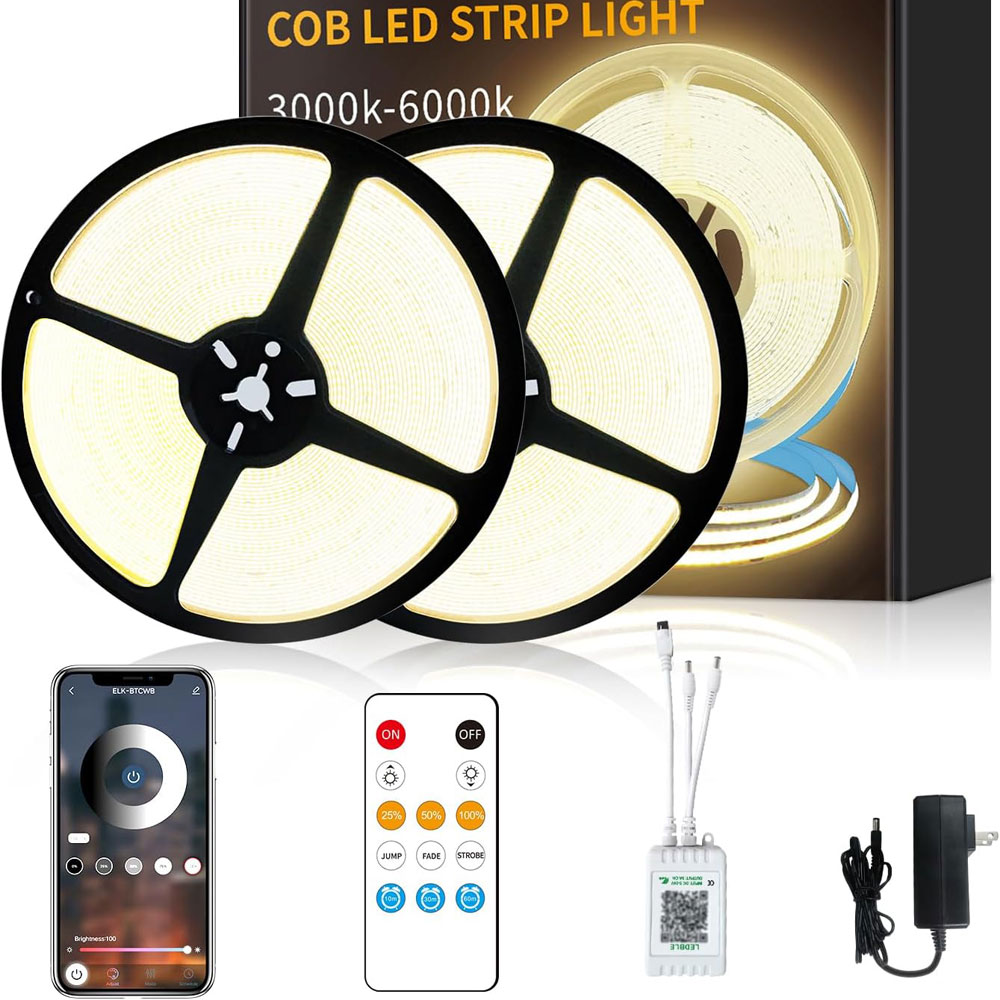
Price: $55.99
If you want to highlight certain architectural features in your living room then concealed LED strip lights are the way to go. These ones might be pricier than some but you get 100 feet worth, can control them via your smartphone or with a remote, and can cut them to size.
2. Design a Lighting Scheme for your Specific Use
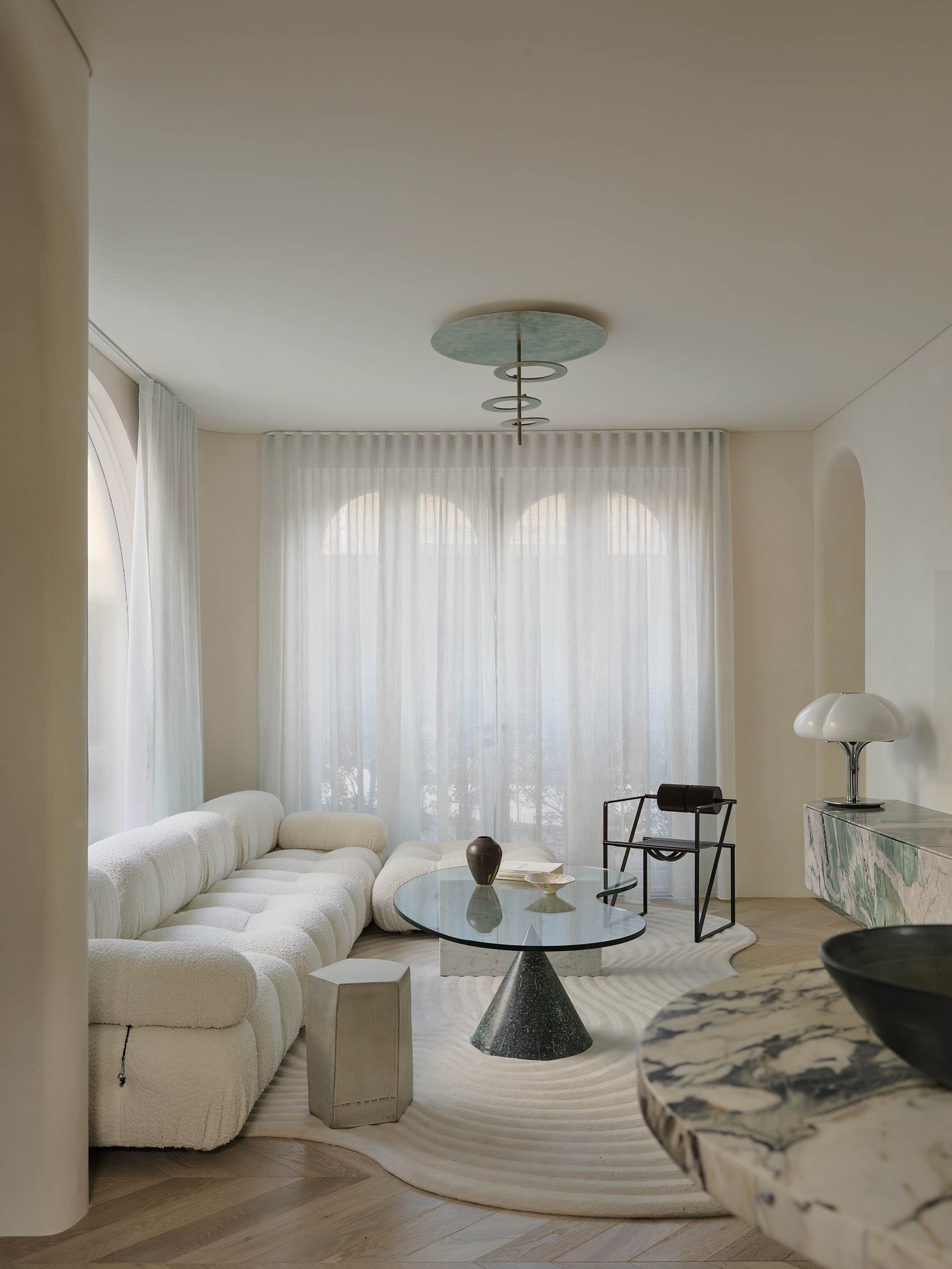
It is all well and good taking on board the concept of a layered lighting scheme, but how do you actually implement it in your individual living room ideas in a way that highlights all its best bits and makes the most of what you have?
"Before arranging lights, it’s important to understand what atmosphere you want to create," says Evelina Juzėnaitė. "For example, if the room will be for activity (socializing, playing with children, and so on), then you need an accent more on semi-local lighting. But if you want to create a cozier and more romantic room, then you should primarily use accent lighting rather than ceiling lighting."
Evelina goes on to explain how to begin developing your lighting scheme a little further. "First I arrange furniture, then ceiling general lighting, then I think about where to put lighting for efficiency and functionality," she says. "For example, maybe a floor lamp near the sofa or a desk lamp. After that, I think about accent lighting — maybe illuminate the shelves or hang a wall lamp, but my favorite is to install LED tape behind the ceiling gypsum board (at one wall or two, but not ever around the entire perimeter of the room).”
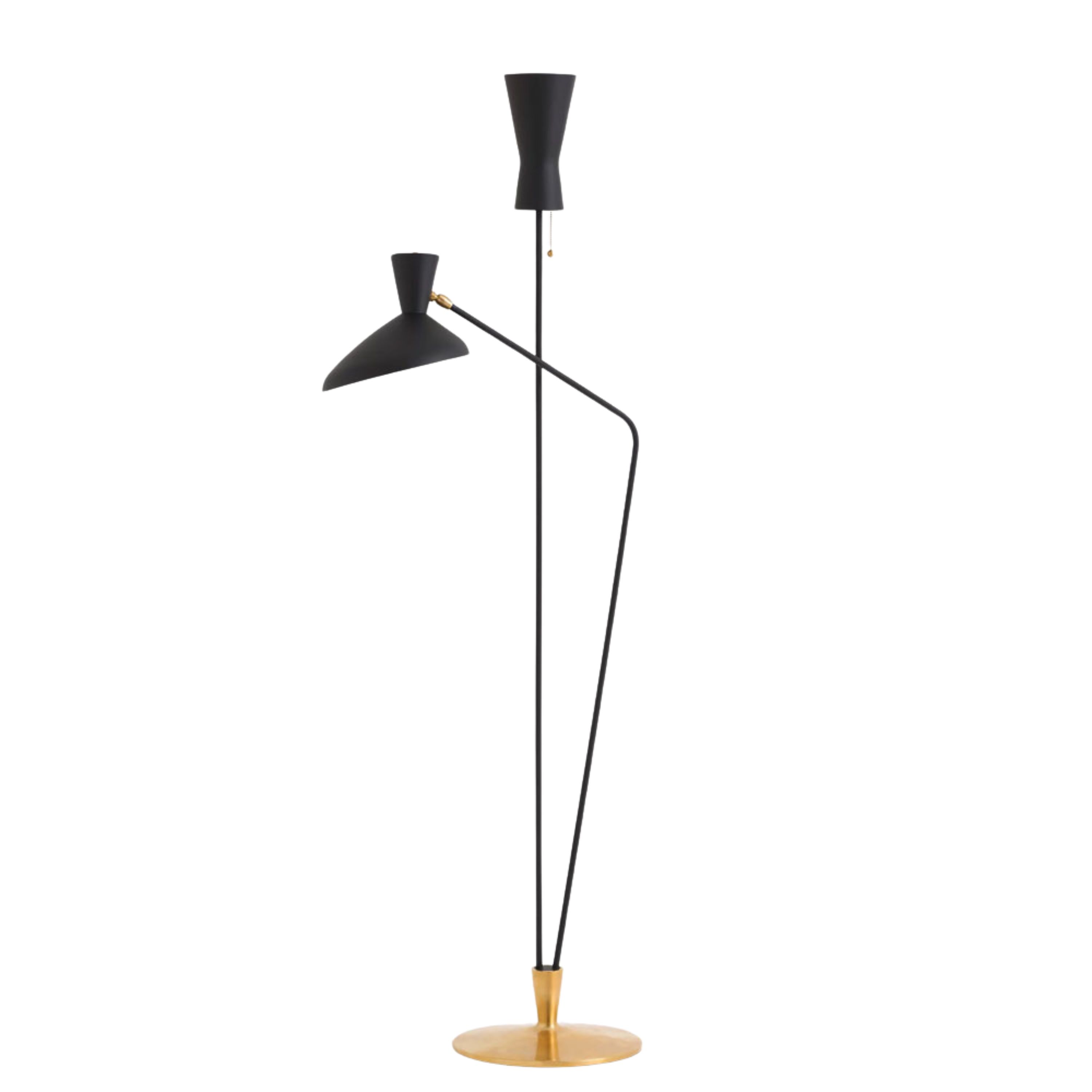
Price: $1,428
Perfect for injecting a little mid-century modern style, this double floor lamp is adjustable, making it the ideal lamp for a whole range of activities.
3. Consider Installing an Automated Lighting System
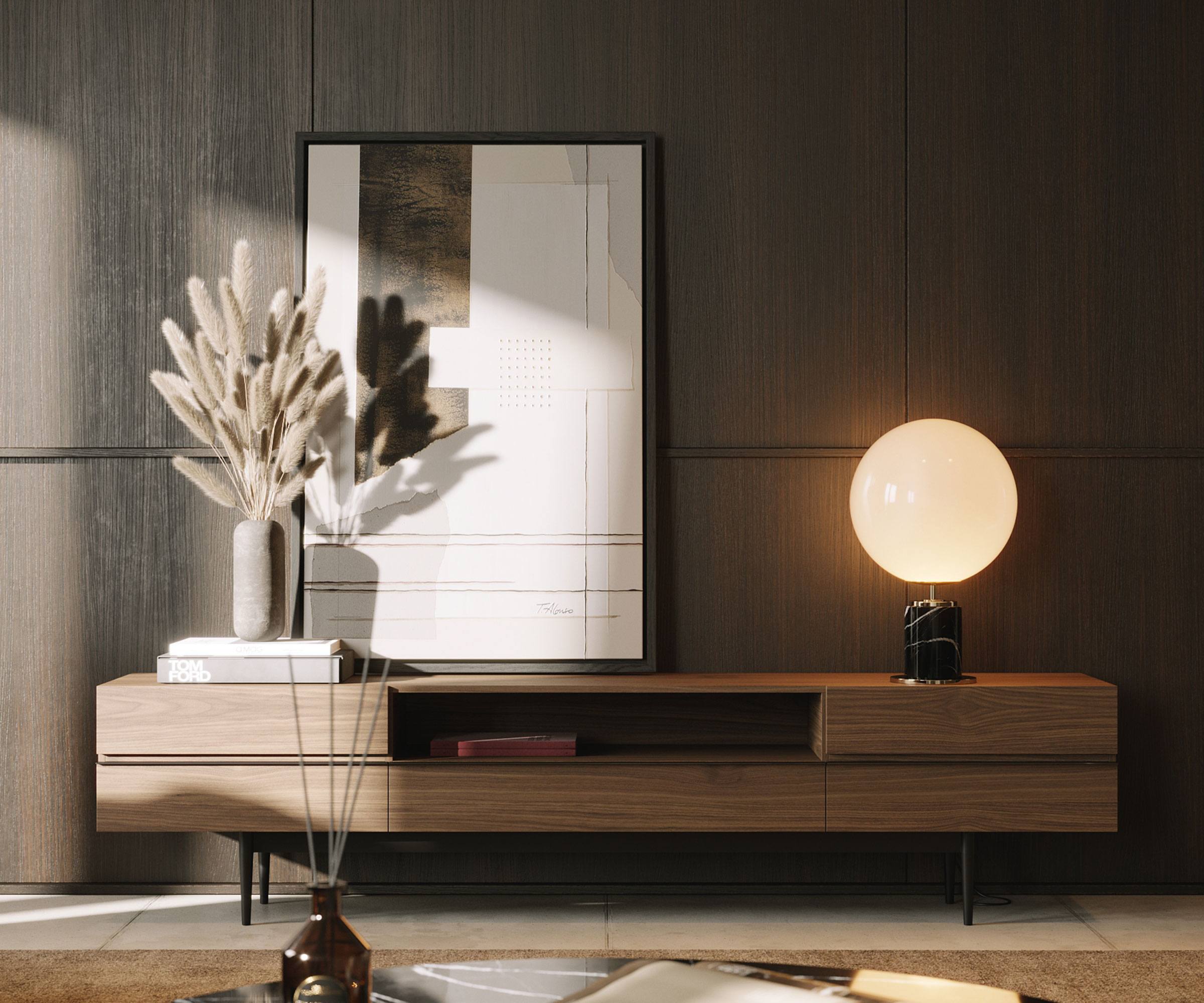
If you haven't bought into the idea of smart lighting for your home yet, now might be a good time to start — it is already big news in the world of kitchen lighting trends.
A smart lighting system needn't be overly complicated or cost you the earth. There are some simple and easy ways to get started, such as buying a few smart light bulbs that let you just plug in and go, or using smart plugs for your side lamps. This Amazon Basics Smart A19 LED Light Bulb is the perfect way to start your smart set-up.
Of course, nothing is stopping you from taking things a little further than this, either. "A living room requires lighting that is suitable for relaxing after a busy day but which can also be brighter when doing activities such as reading or close-up work, so the first thing I suggest doing is to always have your lights on a lighting system, such as Rako or Lutron," says Ann Marie Cousins, owner and head interior designer at AMC Design.
"If budget doesn’t allow for automation, make sure that your lights operate on different dimmer switches,£ she adds. "Dimmers give you flexibility of lighting levels so you can create a warm glow over a piece of art which you want to highlight while keeping a statement pendant on a low light over the coffee table."
It is also vital in this room to be able to control individual lights independently from one another for total flexibility. "Ensuring each type of lighting is independently switchable allows you to select the perfect lighting as needed for any moment," explains Charlie Bowles, director at Original BTC. "Achieve comfortable brightness with dimmable and zoned options to adjust as needed. Typically, one main pendant light in the center pairs well with table, floor, and wall lights to create a flexible setup."
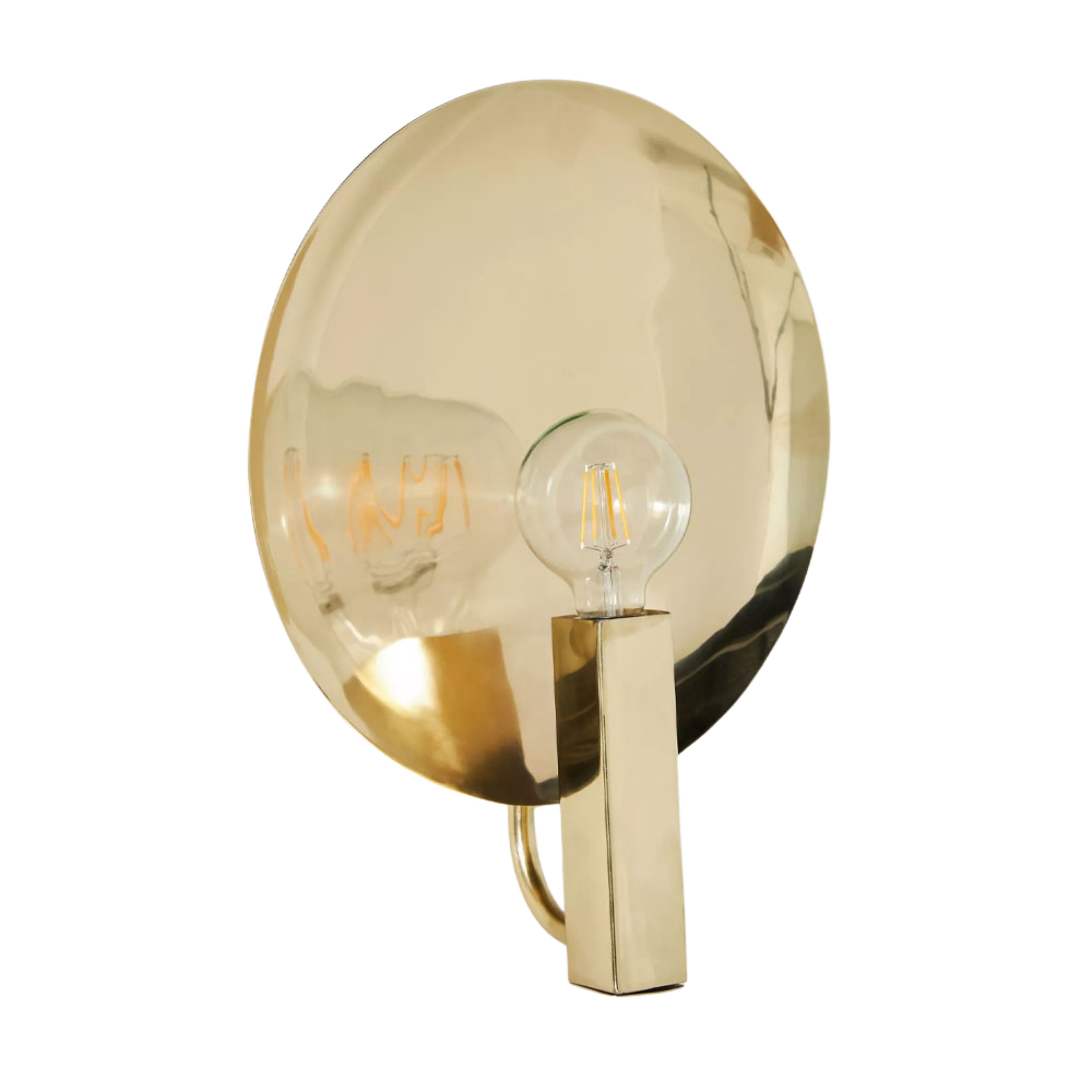
Price: $103.60
This stylish wall sconce really comes into its own when switched on as the bulb highlights its beautiful burnt copper finish. Thanks to the reflective nature of the piece, it really emits lots of warm light.
4. What Light Temperature Works Best in a Living Room
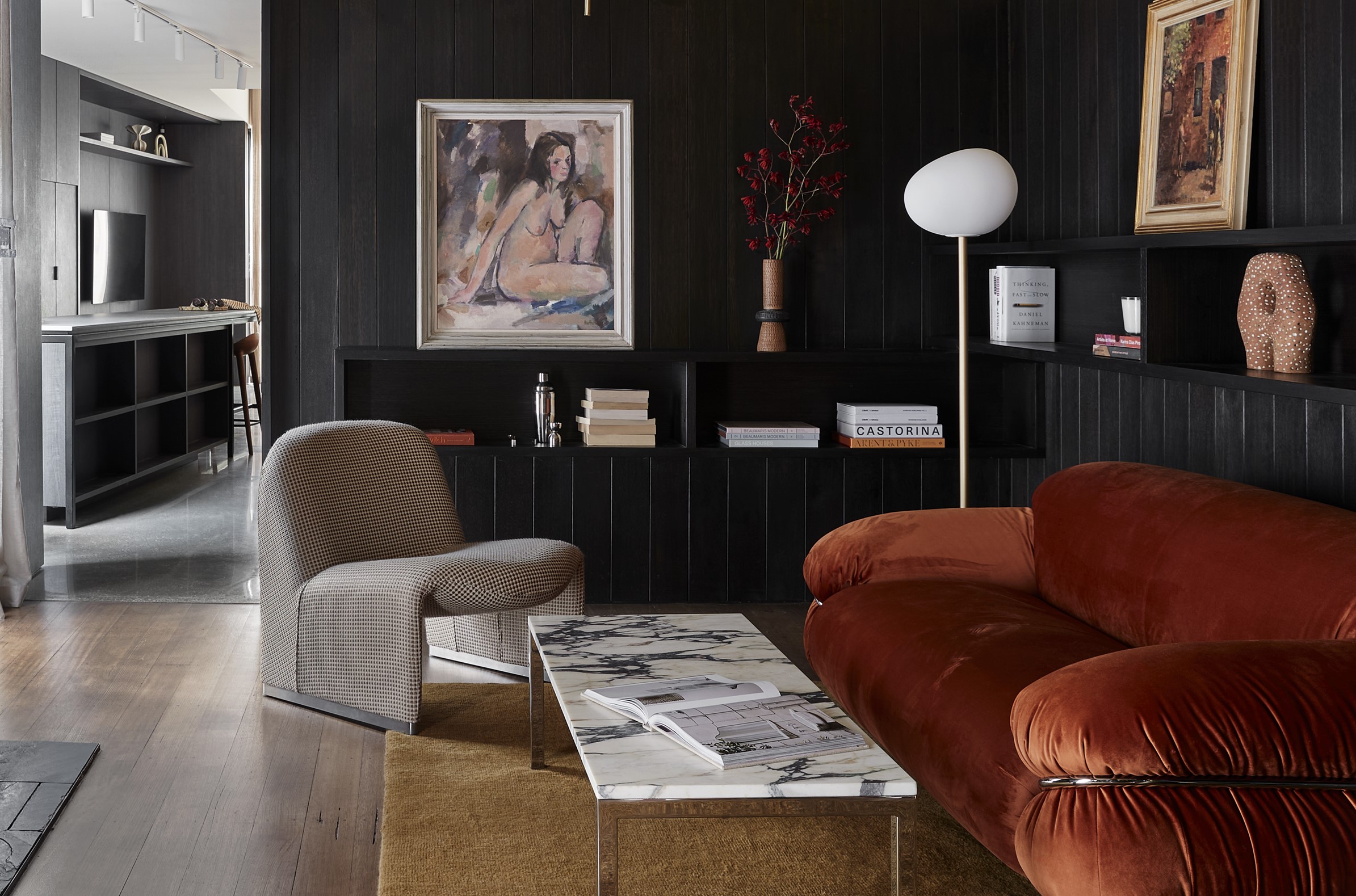
The temperature of lighting that you select has a massive effect on how a space feels so pay attention when selecting bulbs. Light temperatures are measured in Kelvins, ranging from warm white (2700K), through neutral ((3500-4100K) to cool ((5000-6500K).
"I usually go for warm white light, around 2700K to 3000K, in living rooms — it gives off that cozy, inviting feel we all want," shares Carolyn Cerminara, founder and principal designer at Cerminara Design.
"Warm white is more suitable for rooms where you spend the most time in, as it’s believed that warm lighting brings people together, and makes rooms cozier and calmer," adds Evelina Juzėnaitė. "For living rooms, warm white light (2700K-3000K) is often used for an inviting atmosphere. Why these numbers? Because 1000K is too orange, which can irritate you, and more than 5000K is already a very cold color for living rooms.”
If one area within your living room is going to be used as a work space, or somewhere for children to sit and read or play, you might want to use a slightly different light color in these spots. Here, a more neutral light source will work better.
5. Lighting In An Open-Plan Living Room
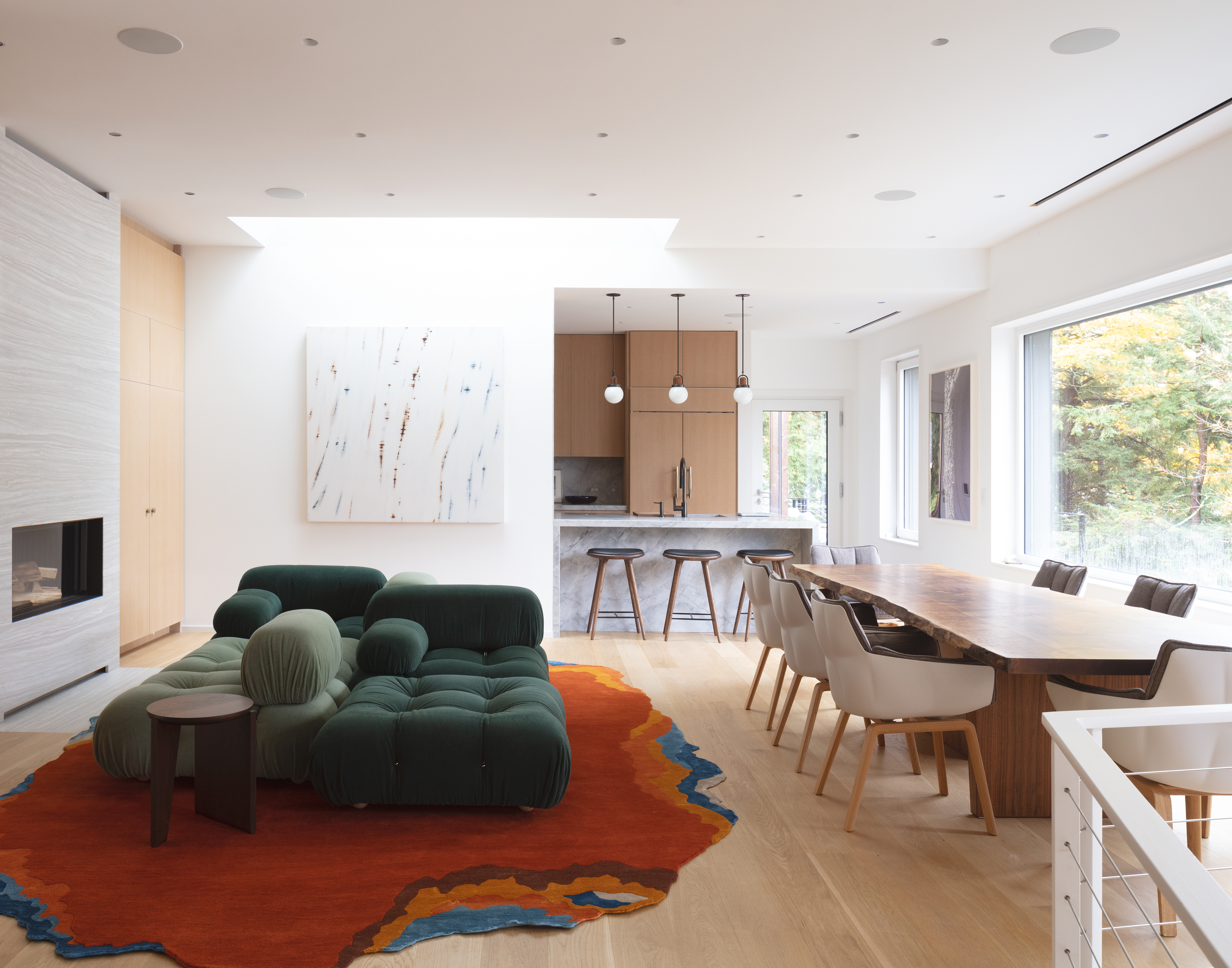
If yours is an open-plan living room, perhaps leading into a kitchen diner, then you will need to consider lighting for an open floor plan and how you can create different moods and facilitate a variety of activities within the separate zones.
"You can use furniture placement to create different zones in your living room, each with its own lighting needs," explains Michael Lunn, product marketing manager at Cooper Lighting Solutions. "Recessed lighting can be particularly useful for highlighting specific areas, like a reading nook or a conversation area. You may have a dimmer control for the general ambient lighting in the room and a second dimmer control for the accent lighting. These control zones can be as granular or large as you’d like to personalize your space."
This Sunco 12 Pack 5CCT Retrofit LED Recessed Lighting from Amazon is easy to fit and perfect for your background lighting needs.
FAQs
How bright should living room lighting be?
Lots of homeowners wonder how many lights should you have in a living room, but this really comes down to the way you plan on using the space. If it is only a room that you intend on spending relaxing time in during the evening then the type of lights you need are going to be very different to someone who wants to use it in the daytime for task-based activities.
You also need to take into account the amount of natural light the room receives.
“The range for living rooms is from 1000 to 3000 lumens," advises Evelina Juzėnaitė. "If you use the room for more activities, the lighting of course should be bigger and brighter, and if it will be more for relaxation and quiet time, then use softer lighting that is warmer. And if you will do both, I highly recommend dimmers. With them you can adjust the brightness of lighting, and sometimes even the color — so you will have flexibility in lighting and the mood.
Do you have to have overhead lights in the living room?
A single overhead light is never going to show a room off to its full potential and can, in some instances, cast a pretty gloomy glow. While a statement pendant, such as an elaborate chandelier, can work well, there is no need to feel that you have to include any ceiling lights at all — there are plenty of overhead lighting alternatives to consider.
"Increasingly, people are opting for table lamps, sconces, and floor lamps over overhead recessed lighting," explains Tom Simon, design and product development manager at Juniper. "This approach, often called 'horizontal lighting,' places light sources at eye level, creating a more flattering effect. Unlike direct overhead lighting, which casts unflattering shadows on the face, horizontal lighting provides a warm glow that enhances facial features. Additionally, lighting the walls can create the illusion of a larger space by visually 'pushing' the walls outward.
"Floor torchiere lamps, a classic design with their light pointed upward, are another nice option that uses the ceiling to diffuse light throughout the room, creating a cozy glow and making larger spaces feel more inviting."
Once you have your living room lighting just how you want it, consider some cozy dining room ideas to finish off the welcoming vibe your home could offer.
Be The First To Know
The Livingetc newsletters are your inside source for what’s shaping interiors now - and what’s next. Discover trend forecasts, smart style ideas, and curated shopping inspiration that brings design to life. Subscribe today and stay ahead of the curve.
Natasha Brinsmead is a freelance homes and interiors journalist with over 20 years experience in the field. As former Associate Editor of Homebuilding & Renovating magazine, Natasha has researched and written about everything from how to design a new kitchen from scratch to knocking down walls safely, from how to lay flooring to how to insulate an old house. She has carried out a number of renovation projects of her own on a DIY basis and is currently on the lookout for her next project.
-
 Turns Out the Coolest New Café is Actually In Your Kitchen — Here's How to Steal the Style of TikTok's Latest Trend
Turns Out the Coolest New Café is Actually In Your Kitchen — Here's How to Steal the Style of TikTok's Latest TrendGoodbye, over-priced lattes. Hello, home-brewed coffee with friends. TikTok's 'Home Cafe' trend brings stylish cafe culture into the comfort of your own home
By Devin Toolen Published
-
 5 Bathroom Layouts That Look Dated in 2025 — Plus the Alternatives Designers Use Instead for a More Contemporary Space
5 Bathroom Layouts That Look Dated in 2025 — Plus the Alternatives Designers Use Instead for a More Contemporary SpaceFor a bathroom that feels in line with the times, avoid these layouts and be more intentional with the placement and positioning of your features and fixtures
By Lilith Hudson Published
-
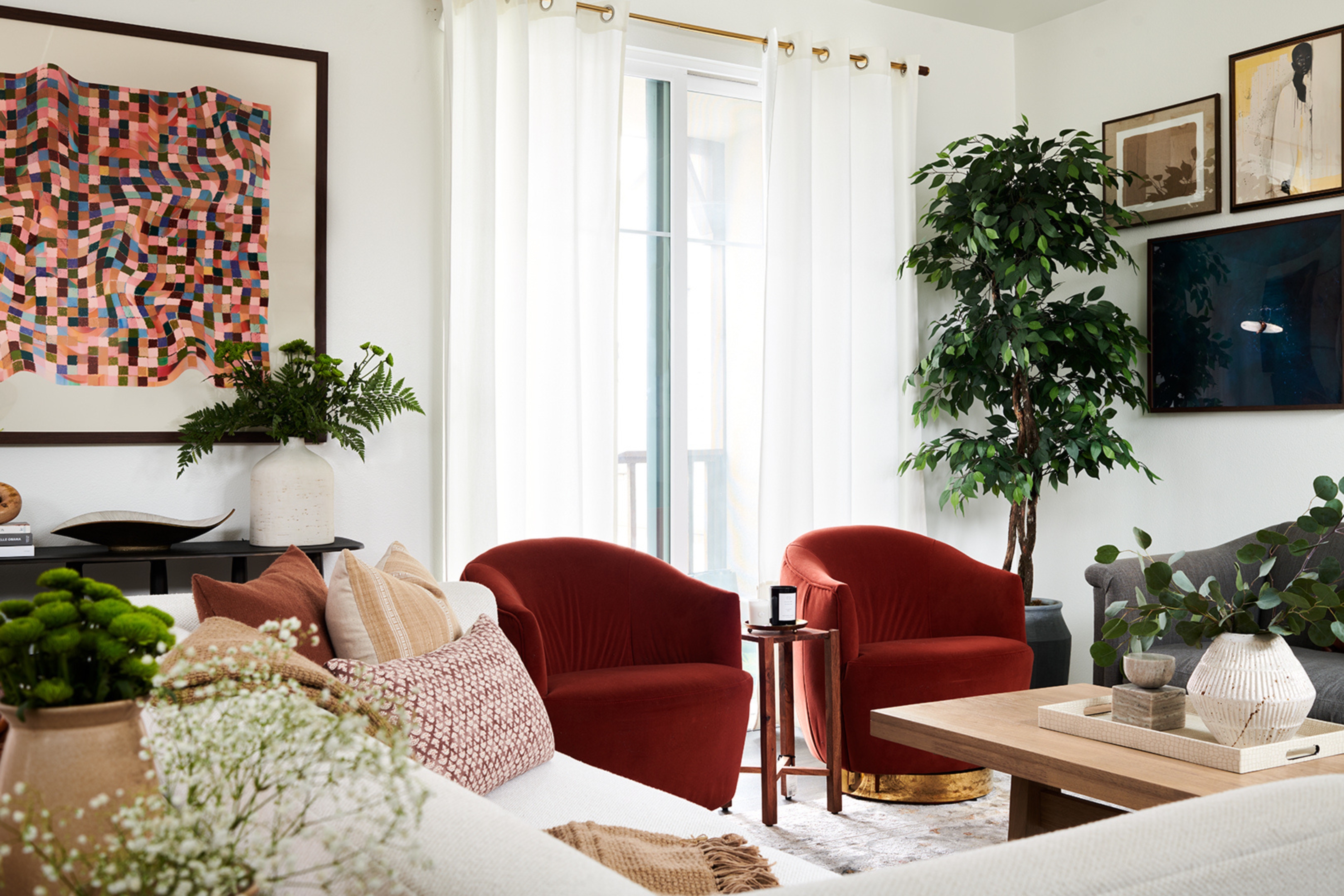 I Keep Seeing TVs *Behind* Sofas in Two Couch Living Rooms — But Does This Emerging Layout Really Make Sense?
I Keep Seeing TVs *Behind* Sofas in Two Couch Living Rooms — But Does This Emerging Layout Really Make Sense?People no longer want the television to be the focal point of their living spaces, but is banishing it to the back wall ever a good idea?
By Kelsey Mulvey Published
-
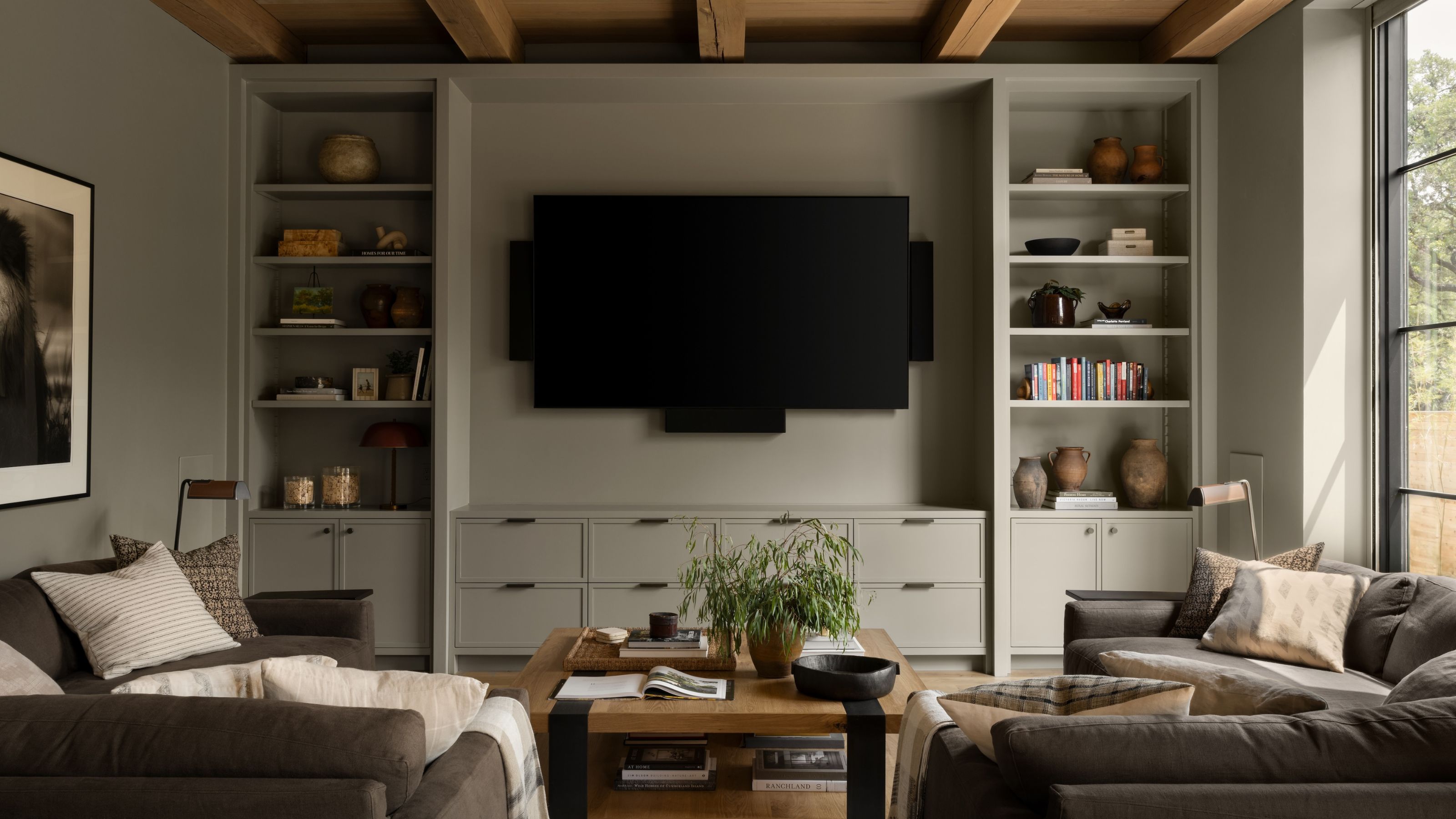 Is Having Two Sofas Facing Each Other Actually Comfortable for Watching TV? Tips for Getting This Trending Layout Right
Is Having Two Sofas Facing Each Other Actually Comfortable for Watching TV? Tips for Getting This Trending Layout RightIt’s a favorite option for homeowners, but combining two sofas facing one another with a TV has its pros and cons — this is what you need to know
By Sarah Warwick Published
-
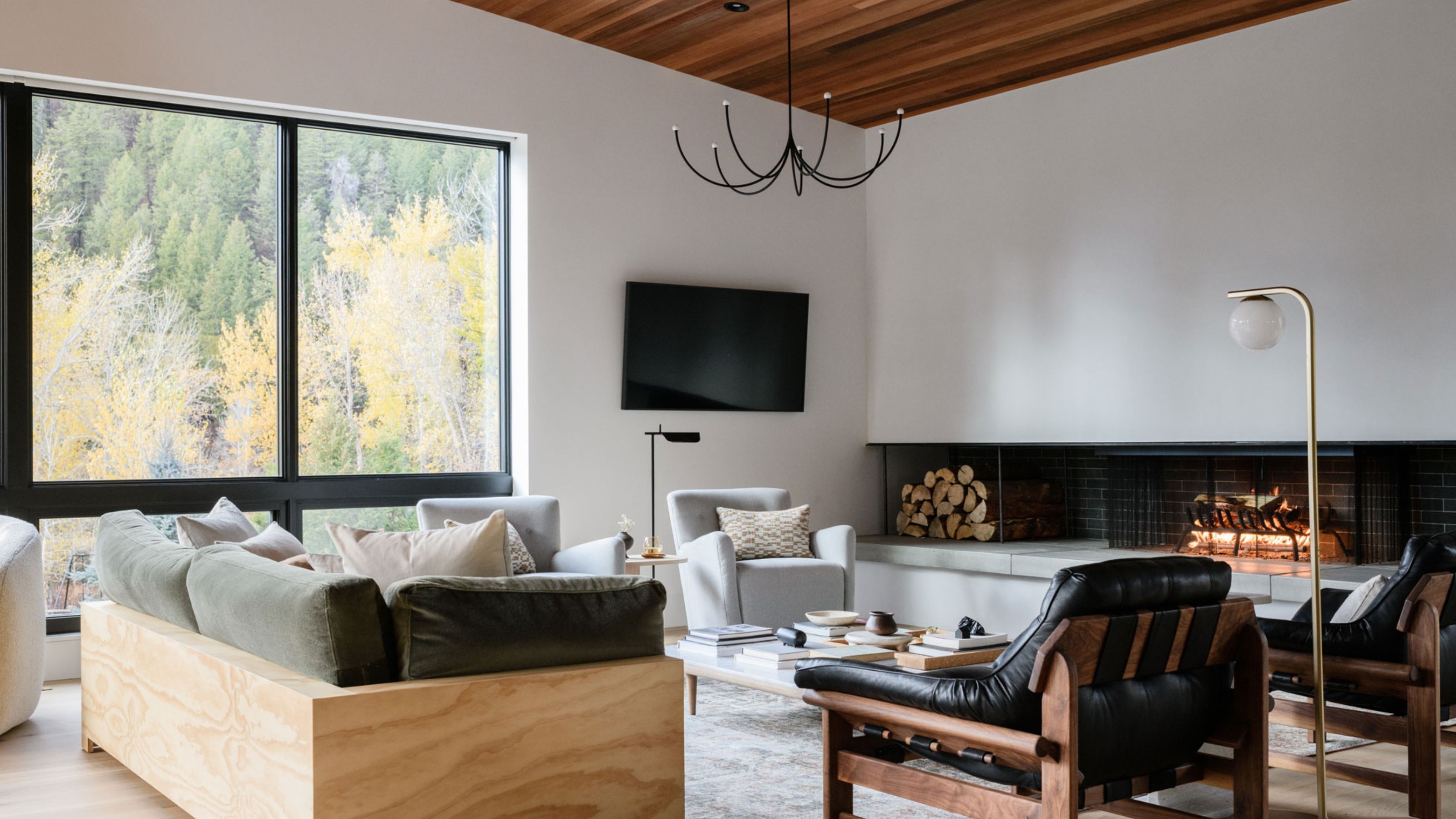 The 7 Biggest TV Mistakes Designers Always See in a Living Room - And How to Set Up Your Tech Instead
The 7 Biggest TV Mistakes Designers Always See in a Living Room - And How to Set Up Your Tech InsteadScreen glare, unsightly cables, neck cramps... a lot can go wrong when it comes to styling a TV in a design-forward living space
By Kelsey Mulvey Published
-
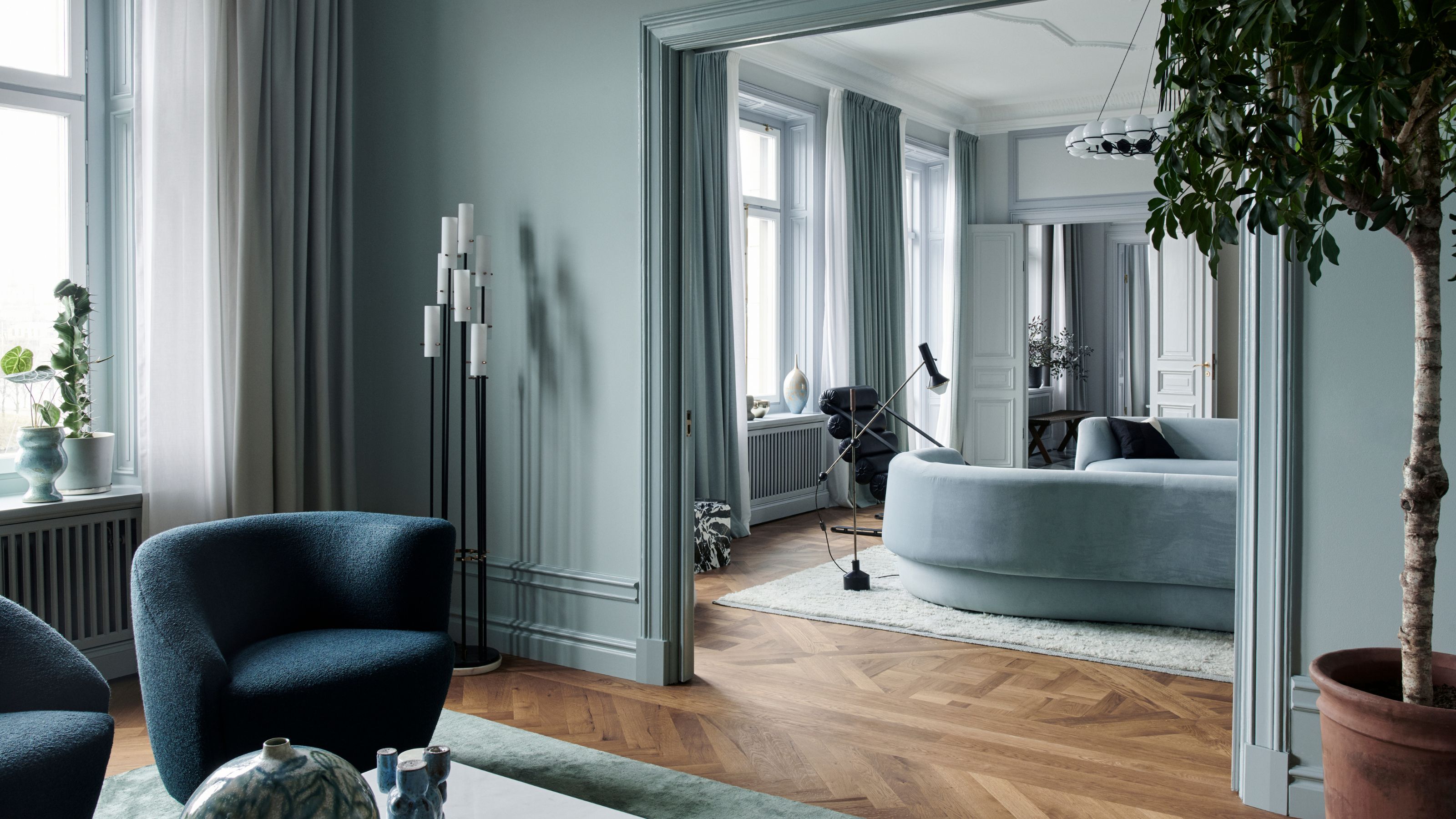 How Much Space Do You Need for Walking Between Furniture? I'm a Spatial Designer, and You'll Want at Least This Much
How Much Space Do You Need for Walking Between Furniture? I'm a Spatial Designer, and You'll Want at Least This MuchThese are the general rules to be guided by when spacing out furniture to ensure you room feels inviting and comfortable
By Delphine Bouvet Published
-
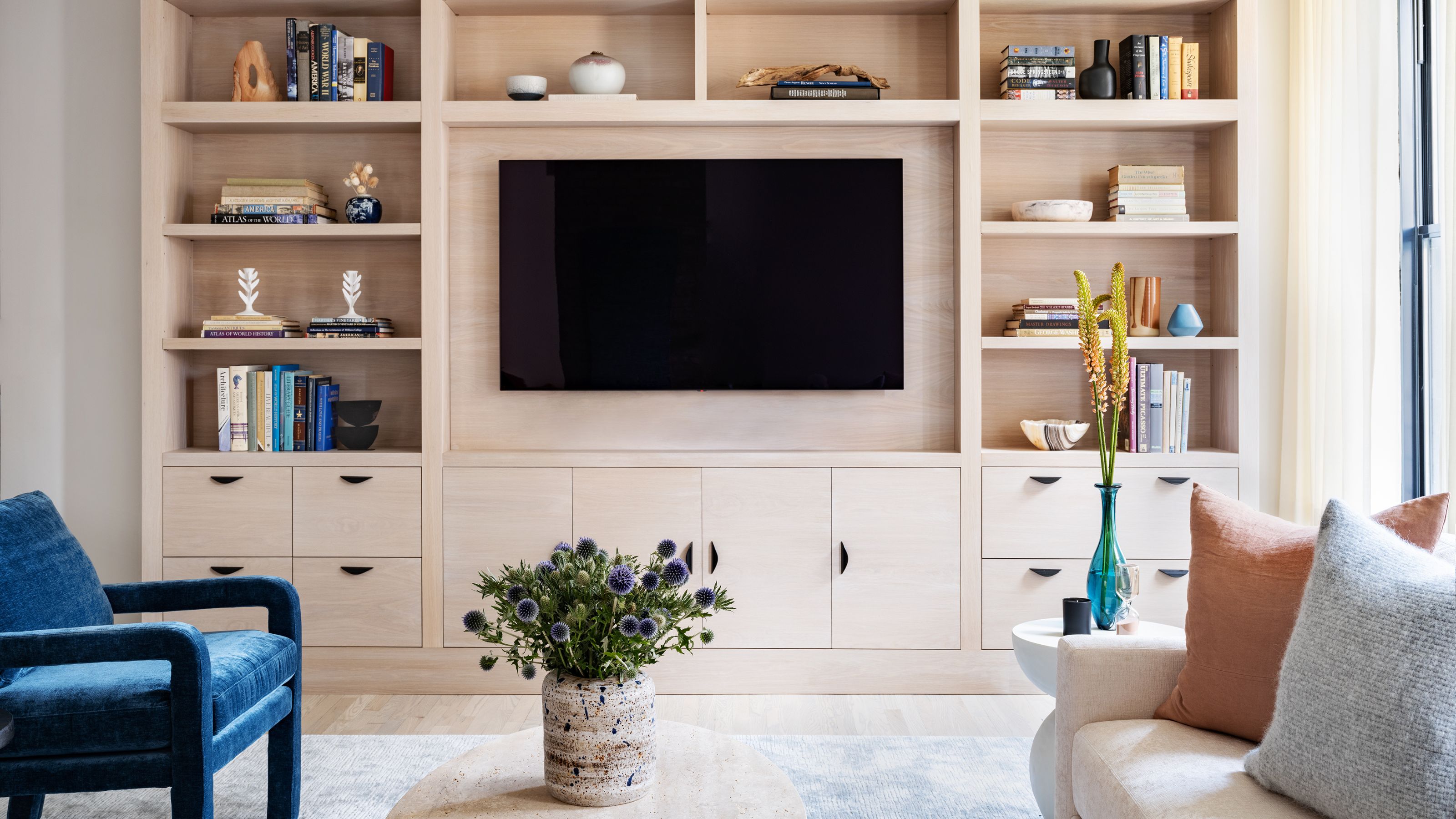 3 Dated Living Room Layouts That Have No Place in 2025 (and How to Fix It If You've Ended Up With One)
3 Dated Living Room Layouts That Have No Place in 2025 (and How to Fix It If You've Ended Up With One)Because your living room should work for the way you live now
By Kristen Flanagan Published
-
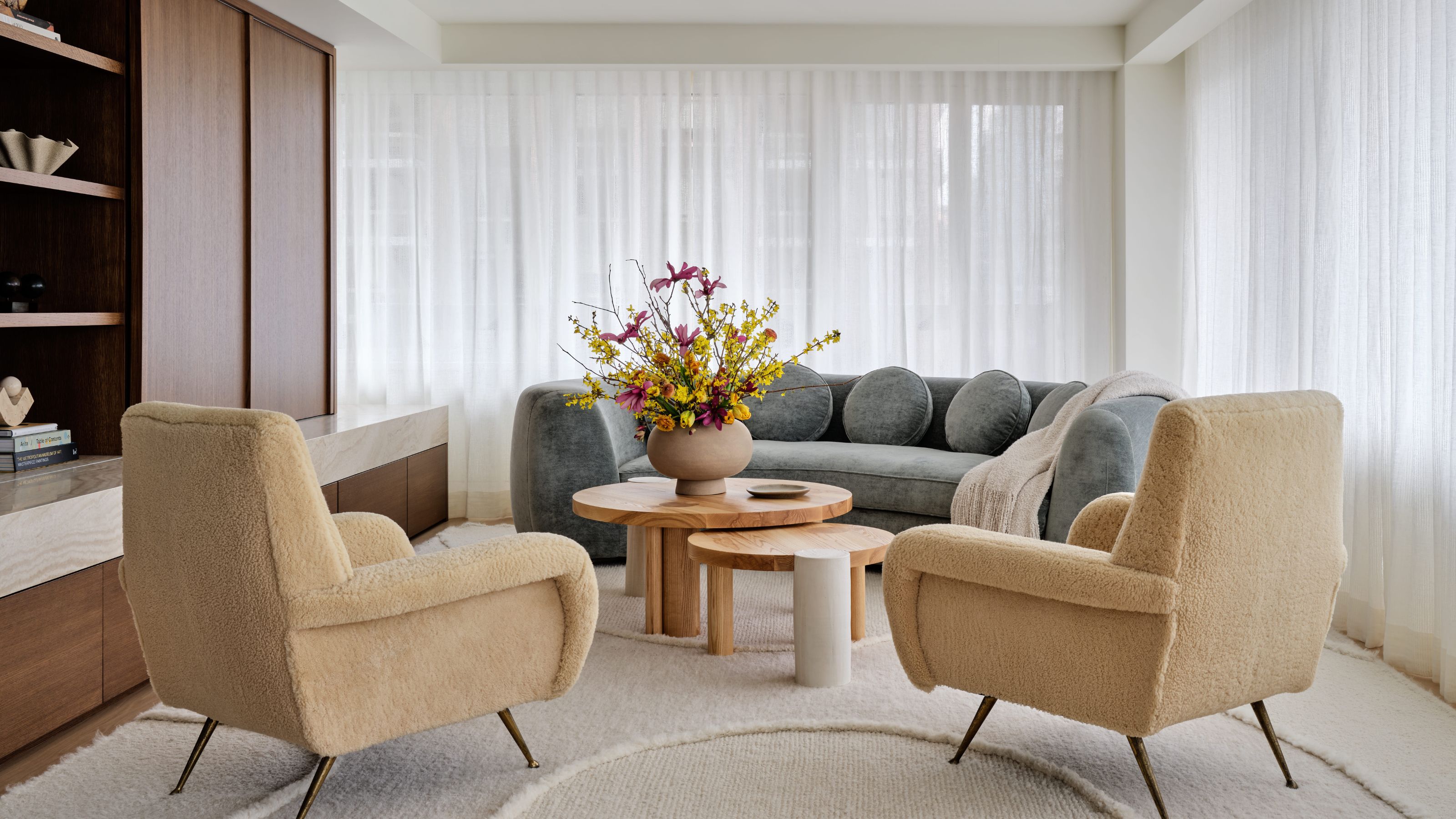 I'm a Spatial Planner — Here's 5 Big Lessons I Want Everyone to Learn to Get the Right Layout for Your Living Room
I'm a Spatial Planner — Here's 5 Big Lessons I Want Everyone to Learn to Get the Right Layout for Your Living RoomDoes something about your space not feel right? The solution could be as simple as fixing your living room's setup
By Delphine Bouvet Published
-
 Beware the "Three-Sided" Living Room — Interior Designer Christian Bense on This Mistake, and Designing a Versatile Space
Beware the "Three-Sided" Living Room — Interior Designer Christian Bense on This Mistake, and Designing a Versatile SpaceDesigner Christian Bense knows that a perfect living room should cater to all the sides of your personality, and what pieces allow to be both calm and to have a party
By Christian Bense Published
-
 Ignoring These 7 Living Room Lighting Mistakes Could Totally Ruin the Way You Feel in the Space, Warn Design Experts
Ignoring These 7 Living Room Lighting Mistakes Could Totally Ruin the Way You Feel in the Space, Warn Design ExpertsEven the fanciest furniture can look cheap under bad lighting — here, experts share the most common faux pas when it comes to lighting your living spaces
By Natasha Brinsmead Published